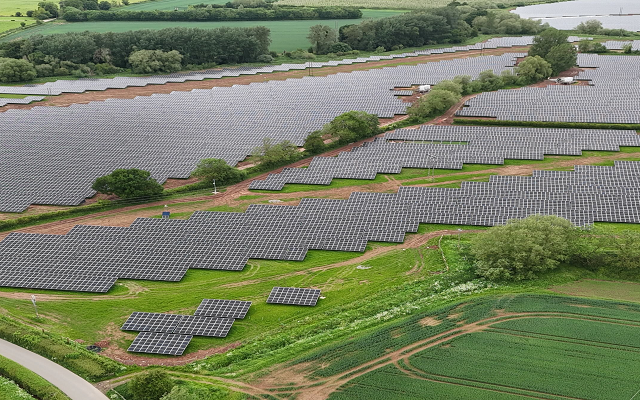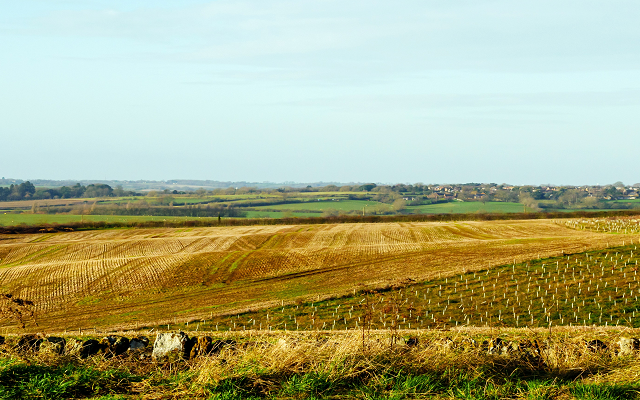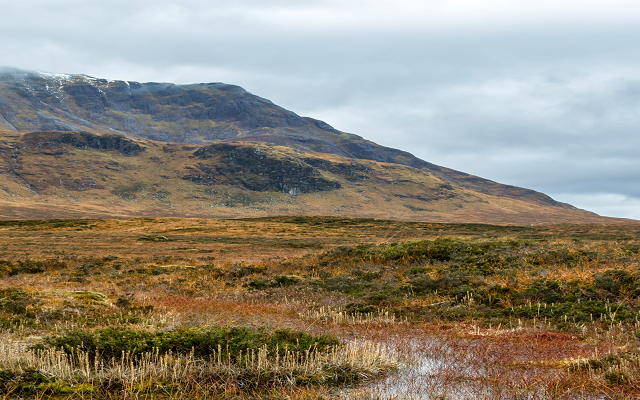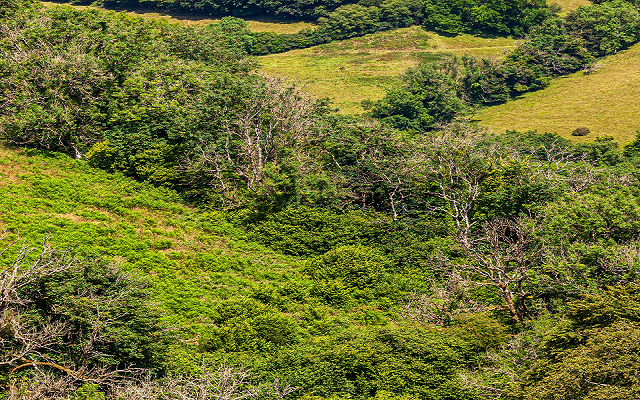Positive outlook for forestry despite economic headwinds
There has been a lot said in recent years about the importance of trees for our future. Forestry can deliver wide-ranging benefits – from helping to address the threat of climate change through to improving health and wellbeing.
Over recent months the UK’s economic outlook has started to look less positive, we have seen rises in interest rates, conflict in Europe and a substantial hike in inflation. Yet despite all these challenges, the forestry and woodland market remains robust.
Land use decisions are complex, and UK planting targets are a long way off being met. We must also consider how we improve our existing woodlands. However, there remain plenty of opportunities in the current market which people can capitalise on if they take the right advice.
Key features of the current market include:
Spotlight on Scotland:
Demand for planting land:
Planting land continues to see very healthy demand, with deals being struck both publicly and off market. Historically, the appeal to buy woodland came from capital appreciation and timber values. These are still key drivers, however new entrants have entered the market whose motives for investing include carbon, biodiversity and lifestyle benefits. This is increasing competition and driving up prices.
Woodland creation:
In total, 10,480ha of new woodland was created in Scotland in the year up to April 2022, somewhat short of its target of 13,500ha. But this is a high level of activity compared to other parts of the UK, with England and Wales creating 2,260ha and 580ha respectively. This was also achieved whilst facing the challenges around diverted resources to clean up the damage after Storm Arwen. Despite making strides in the right direction, the government’s UK target of 30,000ha of new planting annually by 2024/25 still looks out of reach for the sector.
Woodland creation schemes are being approved by Scottish Forestry to encourage new planting, and carbon capture has become an important part of the conversation. However, recent changes to the Woodland Carbon Code’s additionally rules have tightened restrictions for assessing tree-planting projects’ eligibility for carbon credits. This means, in most cases, schemes involving the planting of spruce are not securing carbon funding. There had been an expectation that this could have a cooling effect on the market, but demand continues to be buoyant. Planting land for conifer schemes is currently changing hands for £15,000/ha and more.
Timber market update:
The Forestry Commission Standing Index, which measures changes in timber prices, saw a large increase in the year to March 2022, rising from 76 to 105. This reflected the post COVID-19 bounce. However, with reduced demand for saw logs, private growers are now seeing prices drop back for standing spruce. As a result, several mills are cutting shifts to limit supply to the market. However, with a decrease in supply across Europe and rising oil prices, there is an expectation demand will pick up again as we go into next year.
Spotlight on England:
Demand:
The signs remain extremely positive for the sector. Mitigating the effects of climate change is now becoming a reality, rather than a hypothetical exercise, and demand for forestry has intensified from new entrants for whom Environmental, Social and Governance (ESG) considerations are important.
This has also meant there is considerable investment waiting for woodland creation, but little land for planting has become available. As a result, when woodland does becomes available, there is usually competitive bidding resulting in a quick closing date, which is escalating values further.
However, these are not the only drivers. Since the onset of the pandemic, we’ve seen a variety of buyers enter the market as lifestyle choice and, for others, the recreational and amenity opportunities a woodland offer holds great appeal.
These types of buyers are purchasing woodland for the sense of well-being they can give them in today’s world and therefore, factors like location, look and feel have become increasingly crucial, making it a much more subjective market than commercial forestry.
New woodlands:
We are hearing reports from forestry colleagues and contractors that new planting undertaken in the late winter of 2021 and the early spring of 2022 is struggling, with high death rates of young trees. This was largely due to the prolonged high temperatures over the summer months, as climate change drives more frequent and intense heatwaves. One contractor has reported 75% losses in his recently planted trees, rather than his predicted – and budgeted for – 10%.
Clearly, new planting in open fields can be more vulnerable than re-stocking in existing woodlands. But there are a range of mitigations that have merit, for example, ensuring that the species are suitable for the site, possibly using containerised rather than bare rooted plants, and managing the vegetation around the tree such that it does not compete with the young tree.
Grants and schemes:
Landowners are being encouraged to take advantage of new grants available to support the cost of planting trees. The England Woodland Creation Offer (EWCO), new from 2021, can provide up to c.£10,000 per hectare in grant support. Other existing grants include the HS2 Woodland Fund, for land close to the HS2 route.
CS Woodland Improvement grants for the management of existing woodlands have been refreshed and offer £1,000/ha per annum for 5 years (for woods 3-10ha) and £100/ha for larger woods (>10ha) and many landowners are using this payment to cover the ongoing costs of woodland management. The emergence of the carbon market is providing further additional income streams for new – not existing – woodland. Commercial forestry is still primarily based on timber prices, which are healthy.
Pests and diseases:
With climate change comes the increase in tree pests and diseases. Both Ips typographus and oak processionary moth have both spread in the southeast of England. Eradicating these pests is impossible so woodland owners need to actively monitor their woodlands and plan ahead.
Valuable lessons can be learnt from ash dieback, which although a wholly unwelcome disease, has prompted many positive interventions in woodlands. For those who were proactive the disease was regarded as an opportunity to successfully restructure their woodlands and led to significant income streams from this valuable hardwood species. Forestry contractors have shown themselves to be adaptable and quick to respond, investing in machinery and showing their agility and openness to the new working practices required.
If you would like to discuss any aspect of the forestry market, including woodland creation, asset management, valuations or buying and selling existing woodland, then please get in touch with a member of the John Clegg & Co team.






